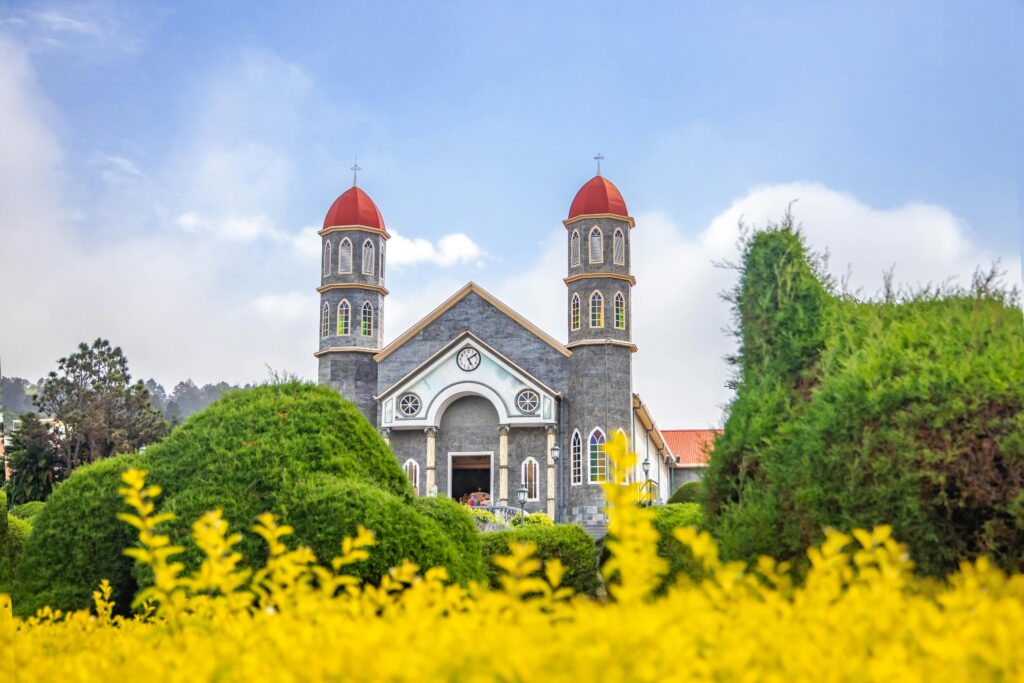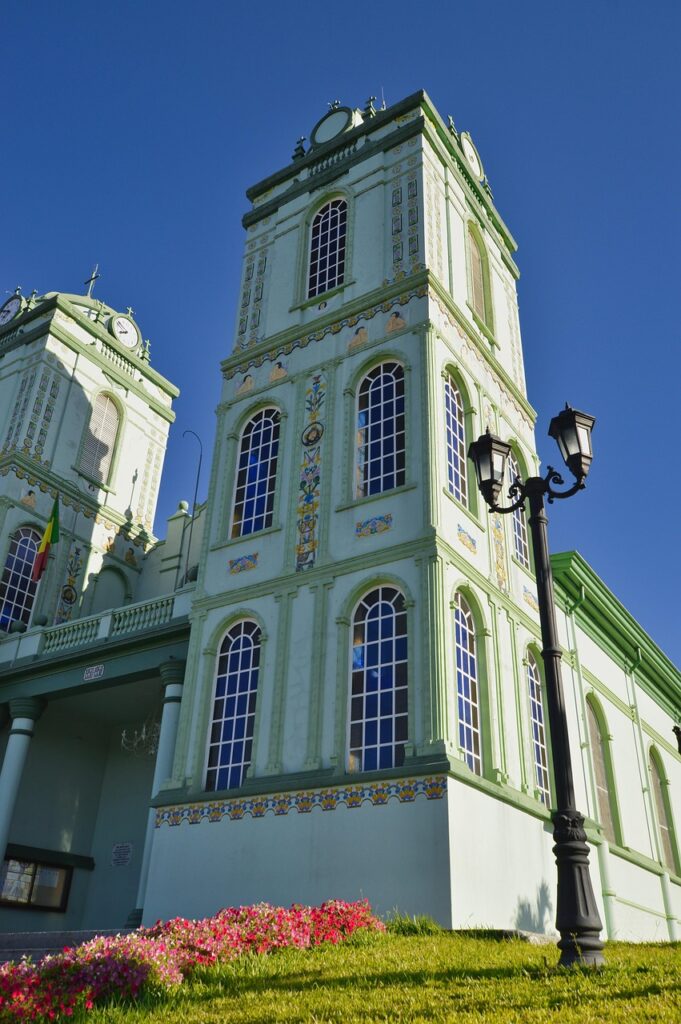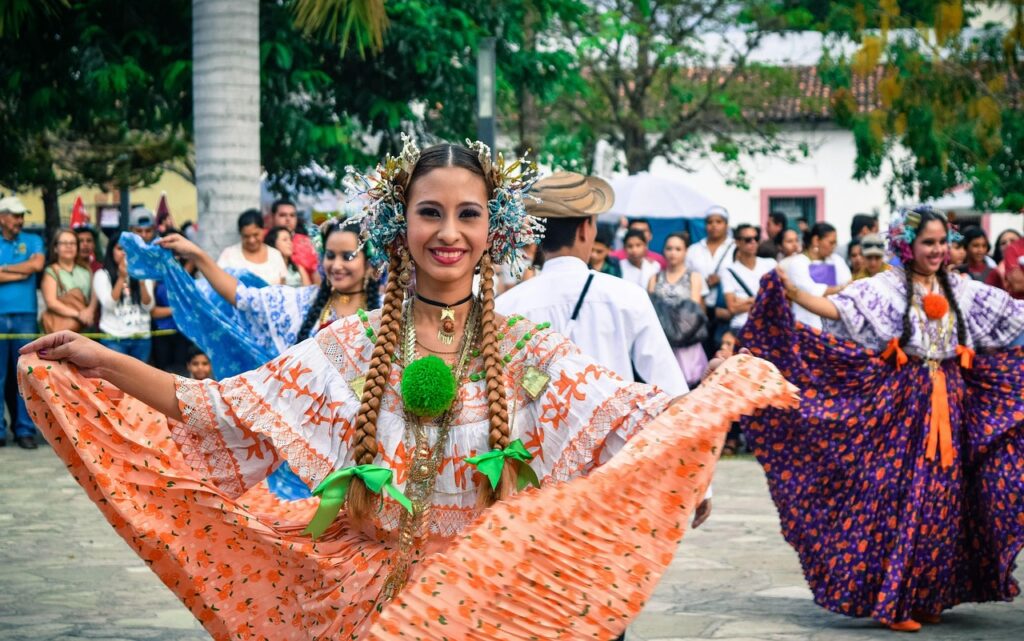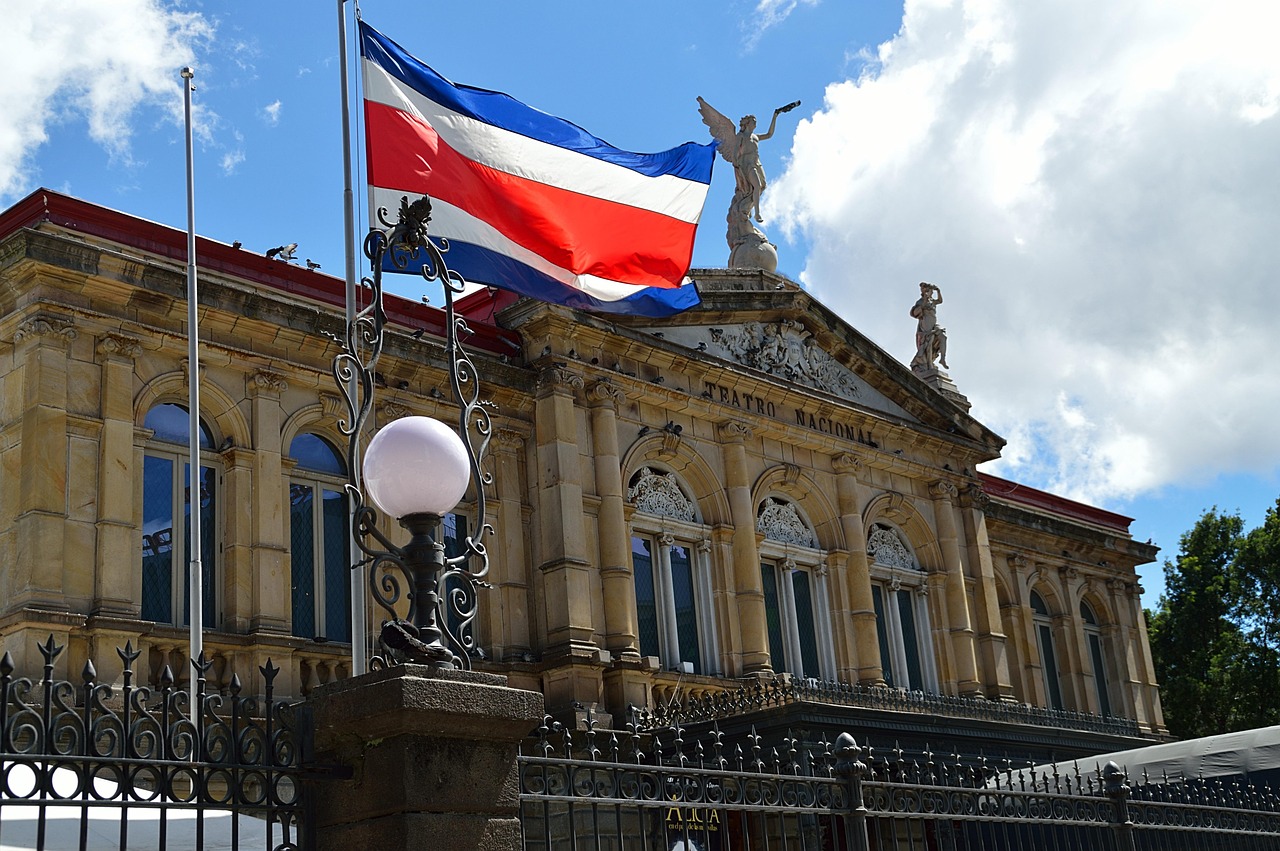Costa Rica, long celebrated as a tropical paradise with lush rainforests and pristine beaches, now faces a multifaceted tourism crisis. Once a beacon of eco-tourism and sustainable travel, the country is grappling with environmental, economic, and social challenges that are reshaping its tourism landscape. This article delves into the factors behind the turbulence, examines the broader impact on local communities and natural habitats, and explores innovative strategies aimed at revitalizing the industry.

The Rise and Decline of a Tourist Haven
For decades, Costa Rica’s rich biodiversity, adventure sports, and commitment to conservation attracted millions of visitors. However, recent years have seen a dramatic shift. Several intertwined issues now threaten the very essence of what made Costa Rica a top destination:
- Environmental Degradation: Increasing visitor numbers, coupled with climate change, have accelerated habitat loss and resource depletion. Popular sites face wear and tear, and wildlife is increasingly disrupted by human encroachment.
- Overtourism and Infrastructure Strain: The surge in tourists has overwhelmed local infrastructure, leading to congestion, pollution, and a diminished visitor experience. Small communities bear the brunt of rapid, unsustainable development.
- Economic Vulnerabilities: Global economic uncertainties and fluctuating travel trends have made Costa Rica’s tourism revenue less predictable. Many local businesses dependent on tourism face financial hardship, while government revenue streams are increasingly strained.
- Social and Cultural Impacts: The influx of international visitors, while economically beneficial, has also led to cultural dilution and social tensions. Local traditions and lifestyles risk being overshadowed by mass tourism dynamics.
Environmental and Economic Pressures
The natural beauty that once defined Costa Rica is now under threat. Rising temperatures, unpredictable weather patterns, and natural disasters further complicate the picture. These environmental pressures are compounded by the following:
- Resource Management Issues: Water scarcity, waste management challenges, and deforestation have emerged as critical issues as natural resources are stretched to accommodate tourism demands.
- Sustainability Concerns: Although Costa Rica has been a leader in eco-tourism, the gap between policy and practice is widening. Efforts to protect ecosystems often clash with the urgent need to boost tourism revenue.
- Economic Disparities: Rural areas, where tourism is a primary economic driver, face stark economic divides. While some regions benefit from upscale tourism, others struggle with inadequate infrastructure and limited access to resources.
Community Response and Government Initiatives
Local communities and government bodies are not standing idle. In response to these challenges, several initiatives have emerged:
- Community-Based Tourism: Small-scale, locally managed tourism projects are being developed to ensure that revenue is shared more equitably and that cultural heritage is preserved.
- Sustainability Programs: New policies aim to balance development with conservation. These include stricter environmental regulations, incentives for green businesses, and partnerships with international conservation organizations.
- Digital Transformation: Efforts to diversify and modernize tourism include digital marketing campaigns, virtual reality experiences, and enhanced online booking systems. These innovations aim to manage visitor flows more effectively and promote off-peak travel.
- Infrastructure Investment: The government is investing in upgrading transport and public facilities to ease the strain on popular tourist areas and improve the overall visitor experience.

Future Prospects and Strategic Shifts
Looking ahead, the path to recovery will require a blend of innovation, sustainable practices, and community engagement:
- Diversification of Tourist Offerings: Moving beyond beach vacations, Costa Rica is expanding its appeal with cultural tourism, agro-tourism, and wellness retreats. This diversification could alleviate pressure on over-visited natural sites.
- Enhanced Visitor Management: Advanced data analytics and smart tourism solutions can help monitor visitor numbers in real time, ensuring that tourism remains sustainable and minimally disruptive.
- Strengthening Local Economies: By empowering local communities and investing in regional development, Costa Rica can create a more resilient tourism ecosystem that benefits all stakeholders.
- Global Partnerships: International collaboration will be key to sharing best practices, securing funding for conservation projects, and promoting Costa Rica as a sustainable tourism leader on the world stage.
Frequently Asked Questions (FAQs)
Q1: What factors have contributed to the current tourism crisis in Costa Rica?
A: The crisis is driven by environmental degradation, overtourism, strained infrastructure, economic fluctuations, and cultural challenges arising from mass tourism.
Q2: How is environmental degradation affecting Costa Rica’s tourism industry?
A: Increased visitor numbers and climate change are leading to habitat loss, resource depletion, and pollution, which diminish the natural beauty that attracts tourists.
Q3: What steps are being taken to address overtourism?
A: Initiatives include community-based tourism projects, stricter environmental regulations, digital visitor management systems, and diversified tourism offerings to spread the tourist load more evenly.
Q4: How are local communities impacted by these changes?
A: While tourism brings revenue, it also creates economic disparities, strains local infrastructure, and can lead to cultural dilution. Community-based projects aim to mitigate these impacts by ensuring more equitable benefits.
Q5: What is the role of government in resolving these challenges?
A: The government is investing in infrastructure upgrades, enforcing environmental regulations, promoting sustainability programs, and encouraging digital transformation to modernize tourism management.
Q6: What are the future prospects for tourism in Costa Rica?
A: By diversifying tourist offerings, enhancing visitor management, and strengthening local economies, Costa Rica aims to rebuild a sustainable, resilient tourism sector that balances economic growth with environmental conservation.

Costa Rica stands at a crossroads. The challenges are significant, but with coordinated efforts from government, local communities, and industry stakeholders, there is hope for a balanced future where tourism continues to flourish without sacrificing the paradise that makes Costa Rica unique.
Sources The Tico Times


